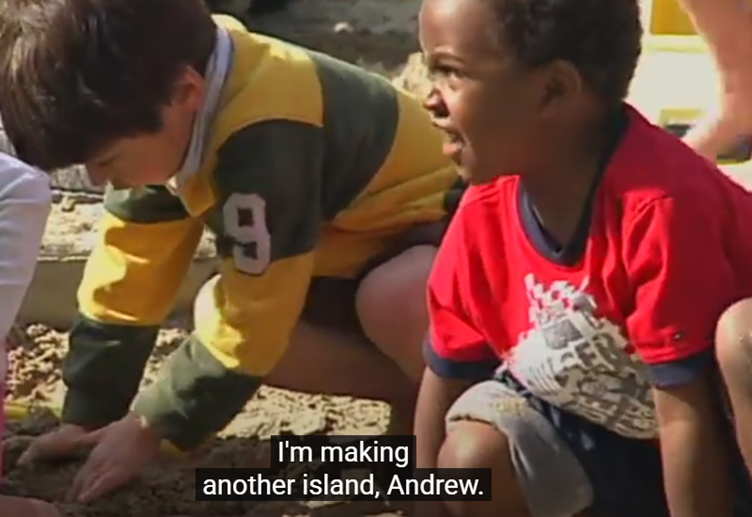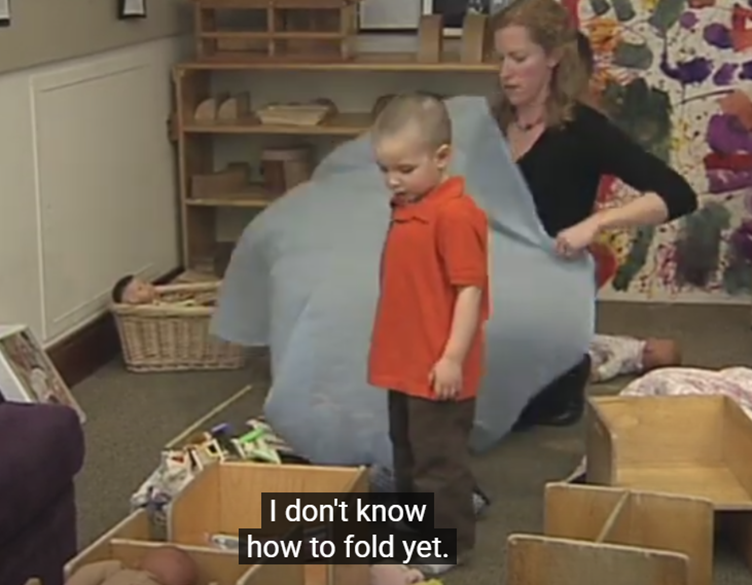How Children Learn to Speak: A Guide to Language Development & Literacy-Nurturing Language Growth in Children Aged 36 to 48 Months
Hello, everyone! 👋Welcome to my blog.
Today, we're going to explore the fascinating journey of language development in children aged 36 to 48 Months"
"Nurturing Language Growth in Children Aged 36 to 48 Months"
Language development in children aged 36 to 48 months is a fascinating and critical period. During this time, children experience significant growth in their ability to communicate, both verbally and non-verbally. They begin to use more complex sentence structures, expand their vocabulary, and engage in imaginative storytelling. This stage is marked by real-life interactions, pretend play, and everyday conversations that help children develop their language skills. Parents and caregivers play a crucial role in supporting this growth by encouraging curiosity, asking open-ended questions, and modeling proper language use. Understanding the milestones and strategies for fostering language development in this age group can help ensure that children build a strong foundation for future communication skills“Language Development & Literacy –36 to 48 Months”
Language
Development & Literacy – 36 to 48 Months
Video Summary
This video
documents how children aged 3 to 4 years develop language through real-life
interactions, pretend play, storytelling, and everyday conversation. It begins
by showcasing children using expressive vocabulary and complex sentence
structures in natural contexts.
n Children engage in imaginative
storytelling, such as at 0:28, when one child says, “These horses
are magical so they don’t need any blankets.”
They also practice
narrating their actions, like at 0:44, “Look what I’m doing. I’m
making another river,” 
At 1:12, a
child expresses a limitation: “I don’t know how to fold yet,”
demonstrating self-awareness and openness to learning.
Children also
begin to recall personal history, as in 2:01 when one shares, “My
mama told me I’m loud because I was crying when I was a baby.”
The video also
captures vocabulary exploration, as at 3:05:
“Now I’m coming to gobble you up!”
Another child asks, “What does gobble you up mean?” 
In the second
half, parents discuss strategies like asking open-ended questions,
encouraging children to connect stories to personal experiences, and using advanced
vocabulary during play. One parent reflects on how her child enjoys
inventing silly words like “Shawamabama” and how these moments should be
embraced as part of creative development. Others share how they model proper
language by naturally restating sentences with correct grammar without direct
correction.
The video
emphasizes that children’s language growth flourishes when adults support it
through curiosity, conversation, reading, and respectful modeling.
Language
Development & Literacy – 36 to 48 Months
Video Summary
This video
documents how children aged 3 to 4 years develop language through real-life
interactions, pretend play, storytelling, and everyday conversation. It begins
by showcasing children using expressive vocabulary and complex sentence
structures in natural contexts.
n Children engage in imaginative
storytelling, such as at 0:28, when one child says, “These horses
are magical so they don’t need any blankets.”
They also practice
narrating their actions, like at 0:44, “Look what I’m doing. I’m
making another river,” 
At 1:12, a
child expresses a limitation: “I don’t know how to fold yet,”
demonstrating self-awareness and openness to learning.
Children also
begin to recall personal history, as in 2:01 when one shares, “My
mama told me I’m loud because I was crying when I was a baby.”
The video also
captures vocabulary exploration, as at 3:05:
“Now I’m coming to gobble you up!”
Another child asks, “What does gobble you up mean?” 
In the second
half, parents discuss strategies like asking open-ended questions,
encouraging children to connect stories to personal experiences, and using advanced
vocabulary during play. One parent reflects on how her child enjoys
inventing silly words like “Shawamabama” and how these moments should be
embraced as part of creative development. Others share how they model proper
language by naturally restating sentences with correct grammar without direct
correction.
The video
emphasizes that children’s language growth flourishes when adults support it
through curiosity, conversation, reading, and respectful modeling.












Comments
Post a Comment